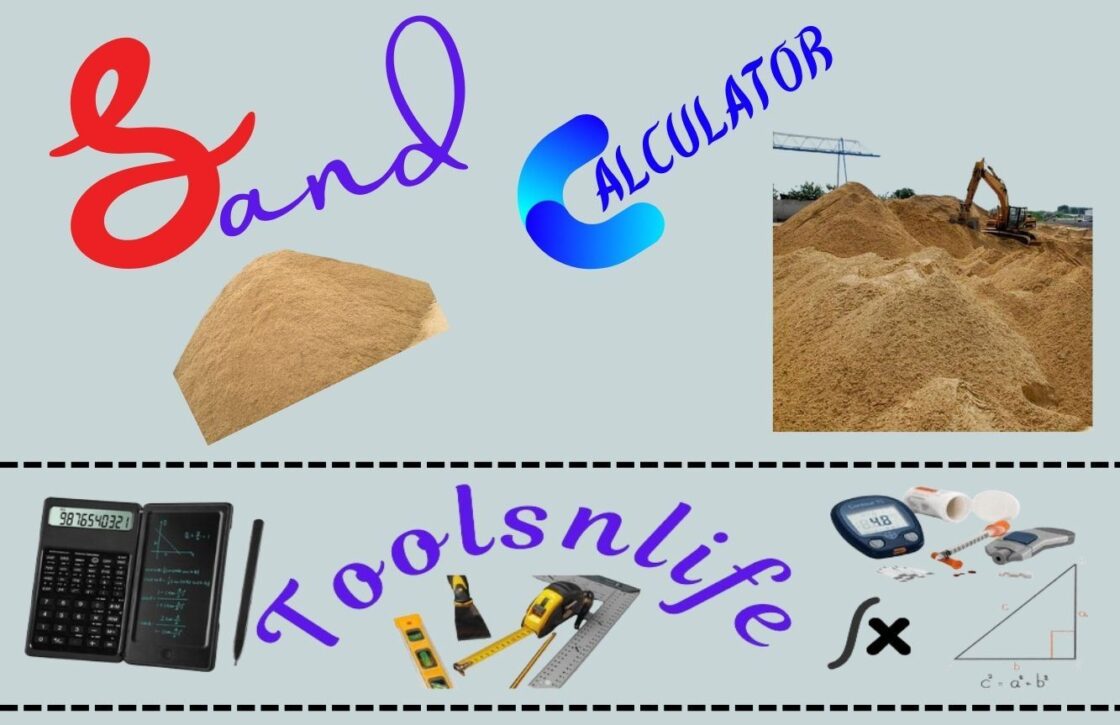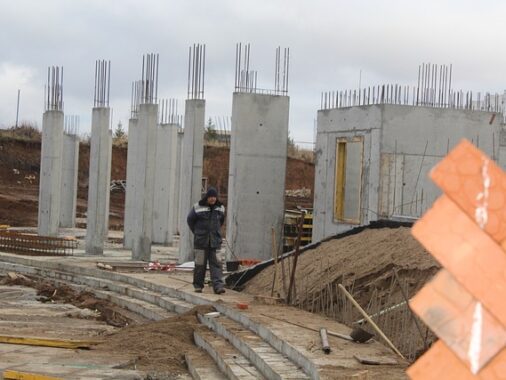As a construction professional with over 15 years of field experience, I’ve seen how accurate material calculations can make or break a project. This comprehensive sand calculator combines practical field knowledge with precise mathematics to help you estimate exactly how much sand you need for any project—from a simple sandbox to major construction work.
Why Proper Sand Calculation Matters
Getting your sand quantities right isn’t just about saving money—it’s about project efficiency, structural integrity, and minimizing waste. Too little sand means delays and additional delivery costs. Too much creates storage issues and unnecessary expenses. With sand prices fluctuating, precision matters more than ever.
Understanding Different Sand Types & Their Applications
Not all sand is created equal. Based on my experience working with various construction materials, here’s how different sand types perform in specific applications:
| Sand Type | Best Uses | Density Range | Professional Tips |
|---|---|---|---|
| Concrete Sand | Concrete mixing, bedding pipes | 1,520-1,680 kg/m³ | Coarse grains provide excellent binding properties |
| Mason Sand | Mortar, plaster, patio stones | 1,440-1,600 kg/m³ | Fine grains create smooth finishes |
| Fill Sand | Backfilling, base material | 1,600-1,760 kg/m³ | Contains variety of grain sizes for compaction |
| Play Sand | Sandboxes, playgrounds | 1,440-1,520 kg/m³ | Washed and sterilized for safety |
| Beach Sand | Landscaping, decorative | 1,280-1,440 kg/m³ | Round grains, not suitable for construction |
Professional Tips for Accurate Sand Estimation
- Account for compaction: Sand compacts about 15% when properly tamped. Always order extra.
- Consider moisture content: Wet sand can weigh up to 20% more than dry sand.
- Delivery considerations: Most suppliers sell by cubic yards or tons – our calculator handles both.
- Waste factor: Add 10% extra for spillage, uneven surfaces, and measurement errors.
- Depth variations: For large areas, measure depth at multiple points and use the average.
Quick Reference: Common Project Sand Requirements
Based on thousands of projects I’ve supervised, here are typical sand requirements for common applications:
- Patio base (12’×16’×4″): Approximately 2.5 cubic yards
- Sandbox (6’×6’×1′): Approximately 1.3 cubic yards
- Pool base (15′ round×2″): Approximately 1 cubic yard
- Mortar for 100 bricks: Approximately 0.1 cubic yards
- Concrete mix (1 yard): Approximately 0.75 cubic yards of sand
Frequently Asked Questions (From Real Job Sites)
Q: How much does a yard of sand weigh?
A: Typically 2,500-3,000 pounds depending on moisture content and sand type. Our calculator gives precise weights based on your specific sand density.
Q: Can I use beach sand for concrete?
A: No. Beach sand contains salt that can corrode reinforcement and organic matter that compromises strength. Always use washed concrete sand.
Q: How do I convert between cubic yards and tons?
A: Multiply cubic yards by 1.35 to get approximate tons for dry sand. Our calculator handles this conversion automatically with precision.
Q: Why is my sand calculation different from my supplier’s quote?
A: Suppliers often include compaction factors, delivery fees, and may use different density assumptions. Use our calculator as your baseline and discuss these factors with your supplier.
Visual Project Planning
This interactive diagram illustrates a typical construction scenario where precise sand calculation is crucial. Notice the workers, scaffolding, and sand pile – all elements that require accurate material planning.
Project Planning Insights
This construction scene demonstrates why accurate material calculation is crucial. Notice the sand pile inside the structure – without proper calculation, this could lead to:
- Insufficient material causing work delays
- Excess material creating storage issues
- Budget overruns from multiple deliveries
- Structural issues from improper material ratios
Seasonal Considerations for Sand Projects
Having managed projects in various weather conditions, I’ve learned these seasonal factors significantly impact sand calculations:
- Summer: Dry sand is lighter – account for 5-10% more volume
- Rainy season: Wet sand compacts differently – adjust density settings
- Winter: Frozen ground affects compaction – consider underlayment needs
- Windy conditions: Account for material loss during transport and placement
Sustainable Sand Usage Practices
As construction professionals, we have a responsibility to minimize environmental impact. Here are sustainable practices I recommend:
- Calculate precisely to avoid waste
- Consider recycled materials where appropriate
- Source locally to reduce transportation emissions
- Properly store excess material for future use
- Explore alternative materials for non-structural applications
Ready to Start Your Project with Confidence?
Use our comprehensive sand calculator to get precise measurements for your next project. Save time, money, and avoid costly mistakes with professional-grade calculations.






